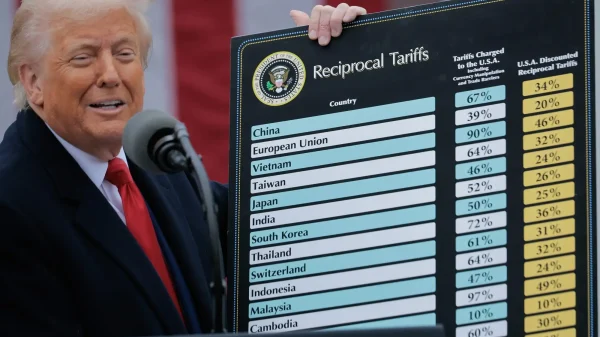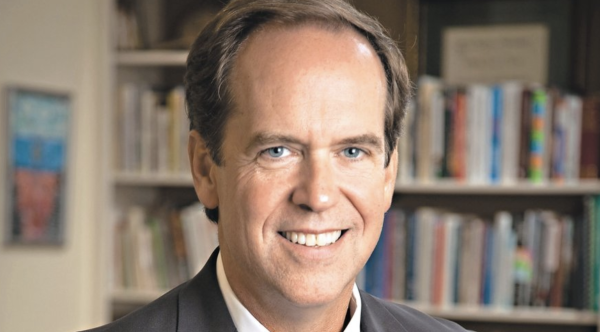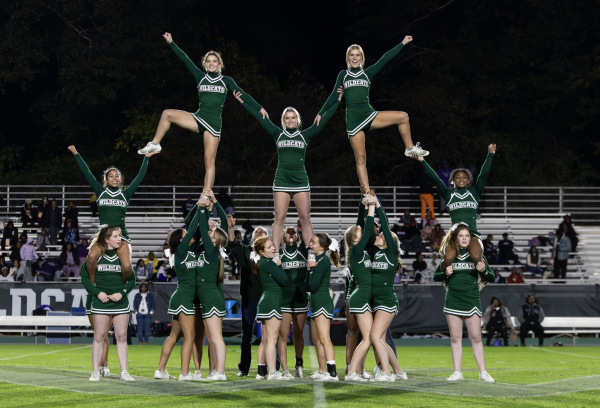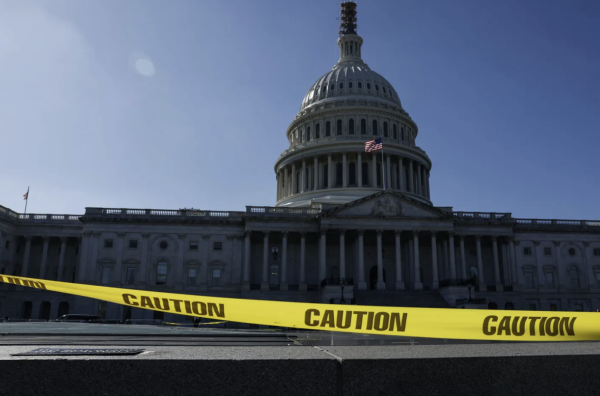Students and faculty reflect on the death of Justice Ruth Bader Ginsburg
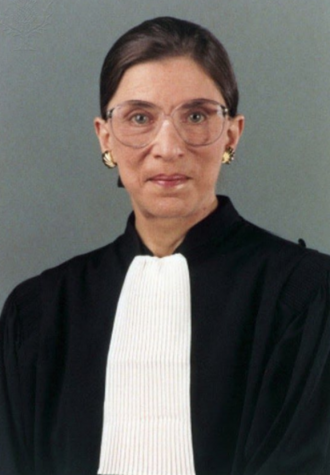
On Sept. 18, Supreme Court Justice Ruth Bader Ginsburg died due to complications from metastatic pancreatic cancer. Nominated in 1993 by President Bill Clinton, Ginsburg was the second woman to serve on the Supreme Court. Known for her searing dissents, she championed women’s rights and gender equality throughout her legal career. Ginsburg advocated strongly for the rights of others and inspired many to follow in her footsteps.
Her legacy as a justice and her fight for gender equality contributed to the current climate of the women’s rights movement.
As a justice, Ginsburg wrote for the majority in United States v. Virginia, striking down the Virginia Military Institute’s male-only admissions policy. In Ledbetter v. Goodyear Tire and Rubber Co., the court majority ruled against Lilly Ledbetter’s claim of unequal pay because of her sex, but Ginsburg dissented, arguing against such pay discrimination. Ginsburg read her dissent from the bench; doing so was a rare action, used to emphasize unhappiness with the majority decision. Congress took action 18 months later and passed the Lilly Ledbetter Fair Pay Act, which said that each discriminatory paycheck resets the 180 day limit to file a claim, addressing the majority ruling that because Ledbetter did not file her claim within 180 days, she had no recourse.
“Ginsburg challenged laws that were the norm,” said senior Lily Fleischmann, a leader of the Young Democrats Club. “She was a leader who was able to make the playing field so much more equal for women.”
Before her appointment to the Supreme Court, Ginsburg continuously overcame adversity. Ginsburg graduated as the highest-ranking female student at Cornell University and then enrolled in Harvard Law School, one of nine women out of the 500 students in her class. After her husband relocated to New York for work, she transferred to Columbia Law School, where she graduated first in her class.
After earning her law degree, however, she struggled to find employment, facing gender discrimination everywhere. Manuela Kelly, an advisor for the Young Conservatives Club, admires her determination to break through those barriers and sees her success as an inspiration to all.
“As an immigrant myself, I see her story as a great example of the American Dream in the sense that she came from parents who did not have the same level of education she did, and they, in turn, expected more from her, supporting her to become the exceptional individual that she became,” Kelly said. “[Ginsburg] is someone who was able to succeed despite established obstacles by staying centered, focused, driven, and ambitious.”
Not only did Ginsburg fight for women’s equality, she did so for men as well. In Craig v. Boren, Ginsburg successfully assisted in the representation of a male college student in Oklahoma who objected to the state legalizing beer sales to women between the ages of 18 and 21 but not to men of the same age range. Furthermore, in Weinberger v. Wiesenfeld and Moritz v. Commissioner, Ginsburg represented men in the workforce to ensure that they received the same benefits as caregivers and widows that women were already given.
John Monahan, an AP United States History teacher, points to these cases as contributions Ginsburg made to the lives of both men and women by laying the foundation for gender equality.
“Ruth Bader Ginsburg was an icon for pointing out ways in which no one can be fully free if we are discriminating by any criteria that is beyond our control,” said Monahan. “Among her more famous cases are ones where she was representing a man, but it was to subtly lay the groundwork for the notion that discriminating against sex was [never] appropriate.”
During her time on the Supreme Court, Ginsburg became the leader of the Court’s liberal wing, which consisted of Ginsburg, Stephen Breyer, Elena Kagan, and Sonia Sotomayor. That didn’t stop her from developing an amiable relationship with Justice Antonin Scalia, a staunch conservative. Although they hardly ever agreed on controversial issues, the two were often seen together in public.
“I crave that ability for a conservative and a liberal to fight over what should be argued over but then continue to recognize each other’s humanity more empathetically,” said Monahan. “[Ginsburg’s] memory means so much to a lot of people because we are in a time where it seems as hard as ever to have those same conversations where we can remain friends with people we might disagree with.”
Ginsburg’s death has left a vacancy in the Court that carries strong implications for who will fill the seat, when it will happen, and how a new justice will affect the Court. On Sept. 26, President Trump announced Amy Coney Barrett as his Supreme Court nominee. Confirmation hearings are set for Oct. 12 to Oct. 16, and if Barrett is confirmed, the Supreme Court will have a conservative 6-3 majority.
Numerous judicial vacancies have been filled during election years throughout America’s history. However, at the end of President Barack Obama’s second term, eight months before the election, Merrick Garland’s nomination to fill a vacancy in the Court was blocked by a Republican Senate. Now, one month before the election, Democrats are criticizing President Trump and Republicans for moving forward with the nomination so close to the election.
”The recency of Mitch McConnell not even giving Merrick Garland a hearing and the scale of the difference, eight months versus one month between the nomination and the election, just seems pretty unfair to a lot of people,” said Monahan.
Fleischmann agrees, saying that the blocking of a new Supreme Court justice during Obama’s term set a precedent and that precedent should be followed.
“To change that [precedent] now, when we are a month away from election, would be disastrous,” said Fleischmann. “If we change precedent and policy depending on who is in power, we set a really dangerous system for the United States. Our systems are unfair if we change them depending on who’s in power.”
On the other hand, many people believe that the nomination should continue.
“[The Republican Senate] had every right to block [Obama’s nomination], and since the Senate and White House are of the same party this time, they have every right to push it through” said junior Andrew Thompson, a leader of the Young Conservatives Club.
Kelly agrees with this point, citing presidential responsibility as another reason to support a nomination to replace Ginsburg before the election.
“Trump has a constitutional obligation to select someone and elect them to the Supreme Court, so he should move ahead and do it because if it was the other way around, I can’t imagine the Democrats waiting,” said Kelly. “According to the Constitution, the leader of our country is expected to fill the position when it is vacant, so does it really matter that the election is only a month away? Elections have consequences, and, as such, whether you’re a Democratic president or a Republican president, you have a responsibility, according to the Constitution, to fill that spot when it is vacant.”
Many have expressed concern that a confirmation of Amy Coney Barrett will make the Supreme Court more conservative.
“Ginsburg and Barrett are so ideologically different,” said Fleischmann. “Barrett will push a conservative Supreme Court to backtrack on liberal policies.”
Others, including Kelly and Thompson, support Barrett’s nomination on the basis of her originalist perspective on interpreting the Constitution.
Despite whether or not they support Barrett’s potential appointment as a Court justice or agree with all of Ginsburg’s ideological views and rulings, many members of the Westminster community agree that Ginsburg made a lasting contribution to gender equality.
“She was an amazing person who really changed the way everyday life looks for women,” said Fleischmann.

